Caring for goldfish has given me years of fun and joy, and I cannot imagine being without them. Thankfully, aside from technology helping me to take better care of them, there’s the availability of new food, medicine, and equipment regularly being introduced to the market. However, I wonder if all these really improve the quality of life of a goldfish.
To help people take better care of their goldfish as the pandemic forces them to stay home, I started a Facebook group where I can share inputs for beginners. It bothers me how complicated it has become to start caring for goldfish. So much advice is available on what equipment to buy that beginners easily get confused about whom to listen to.
For me, there are different levels of knowledge when it comes to caring for goldfish. Beginners learn about fundamental care by reading and asking other hobbyists. Intermediate-level goldfish keepers do a little more studying, while those with advanced knowledge review fundamentals and innovate. However, in essence, someone at an advanced level is always a beginner.
Nitrogen cycle
Start: Fish waste, uneaten food, decaying plants turns to Ammonia
NO3: Nitrate is removed through water change and plants
NO2: Beneficial bacteria converts Nitrite to Nitrate
NH3: Beneficial bacteria converts Ammonia to Nitrate
Chemical speak
The aquarium nitrogen cycle shows how fish waste is turned into harmful compiunds, such as ammonia, nitrites, and nitrates. They are toxic and can kill the fishes. However, their buildup can be minimized by cycling the water properly through the presence of beneficial bacteria.
Ammonia
Ammonia is very toxic to fishes. Ammonia comes from fish waste, dead plants, and uneaten food. Even at a low level, it can burn fish gills and impact the oxygen supply in the tank.
Nitrite
Nitrite is less toxic than ammonia but can also be fatal. NItrosomonas bacteria consume ammonia to produce nitrite. Nitrite keeps blood from carrying oxygen.
Nitrobacter bacteria that consumer nitrite to produce the least toxic of the three chemicals mentioned here: nitrate.
Nitrate
While nitrate is not as toxic to fish compared to ammonia and nitrite, it can still stunt their growth. Long-term exposure to high levels stresses them and compromises their immune system.
A good filtration system will lead to the growth of good bacteria that consume both ammonia and nitrite. Filtration alone cannot eradicate nitrate: hence, by making partial water changes to dilute its presence in tank water.
Adding plants is also an effective way to reduce and even eliminate them because plants consume them as nutrients. That is also why the Aquaponics system is popular because of the nitrates that the pond produces.
Cycling water myths
Learning about the importance of ammonia, nitrites, and nitrates and how to minimize or eliminate them are important in setting up a tank and cycling it. It sometimes saddens me when I read misleading advice in social media groups given without any basis.
A common mistake about cycling is that a tank with a filter running in three days is already called a cycled tank. Many beginners then set up their tank and add fishes without really knowing what cycled water is.
A cycled tank is one that has beneficial bacteria that can help lower ammonia and nitrite levels or even bring them down to zero.
How to cycle aquarium water
There are several ways to cycle a tank. The cycle is considered complete once you can feed your fish normal amounts of food for a week, and ammonia and nitrite levels stay at 0 ppm while nitrate levels are a little above 0 ppm.
Fishes only
This approach is the most common, but highly controversial. Some feel that this system is cruel, but it doesn’t have to be if done efficiently.
To start, one can set up a tank with new water and a filtration system with landscapes, if any. The filtration will have to run for two to three days. Antibacterial medicine is then introduced.
Then, healthy and hardy fishes are added to the tank. Platy fishes, for instance, are strong and comparable with goldfish as tank mates. Two to three of these are ideal in a 10-gallon tank.
Fishes are to be fed lightly, with the amount of feed increasing gradually over six weeks. The water should clear by then, after which it can be tested. Once there is confirmation that the tank has been cycled, it’s time to add a healthy goldfish.
Water and media transfer
After setting up the tank, add water, of which 50-75% is from a cycled tank. Use a filter media that has good bacteria. Hardy fish is added and they are observed for two days, after which the water should become clearer.
After water testing, it’s time to add healthy goldfish.
Cycling with plants
After tank and filter setup, hardy plants are added, such as elodea, hornwort, anubias, and amazon. The right amount of light should be used. Add a few fish pellets.
Once the plants show new growth or film algae has formed, the cycle is complete. It’s time to add new fish and observe for two days if the water clears. If the water reveals excellent test results, it’s time to add healthy goldfish.
Filtration
Good water quality is the key to success of keeping goldfish healthy, which is why the main thing I suggest about what to invest in is a good filtration system.
Goldfish are robust eaters, which means they produce a large amount of waste. The invention of submersible pumps with its low wattage output is a haven for all goldfish lovers.
These are recommended filtration equipment and media.
1. Single overhead filter
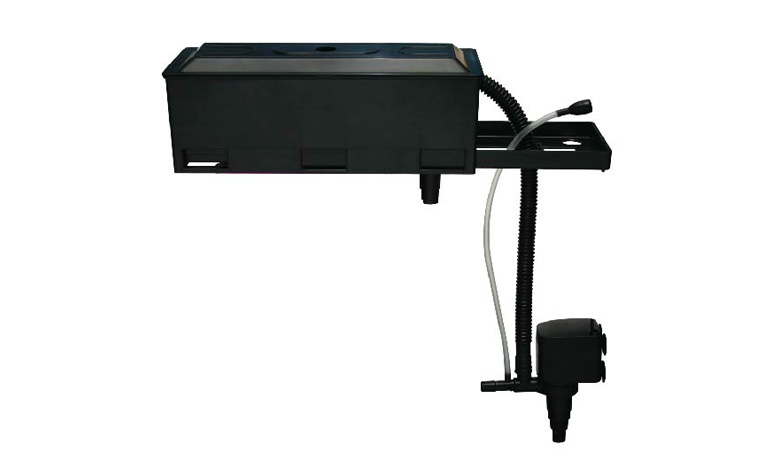
This is a commercially available option with the simplest design. They are great for mechanical filtration but lack the space to culture good bacteria. Additional sponge filters could be of great help.
2. Sponge filter
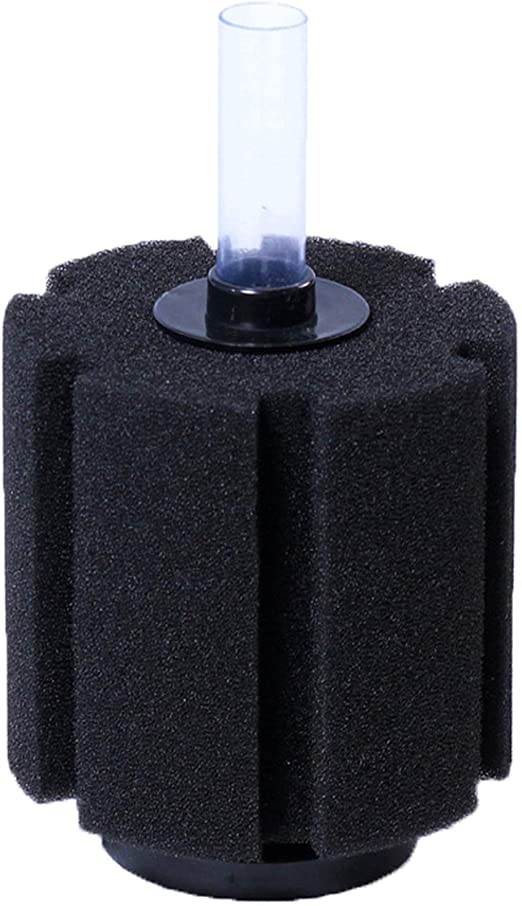
They are great for biological filtration. I always recommend this as a secondary filter using air pumps if space permits. In case a submersible pump conks out, aeration is still present with the good bacteria. It is enough to hold by the hand for a bar bottom tank.
3. Bottom Sump
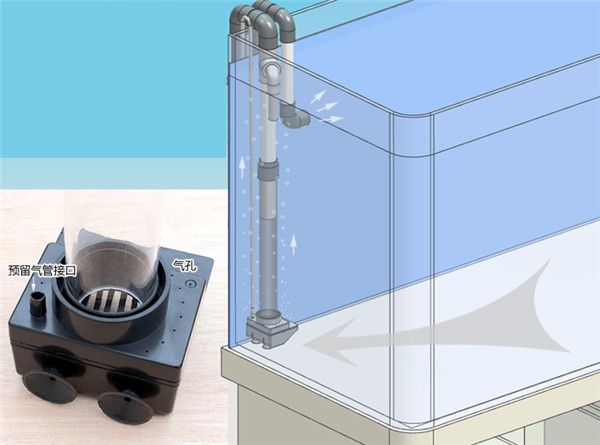
For me, this is the best single filter unit among all others. If the bottom sump is designed right, it is practically responsible for 80% of tank maintenance.
It uses gravity where the water flows down to one side of the sump. On the other end of the sump is a submersible pump that lifts the water back to the tank.
It allows for water treatment with medicine; allows keepers to make water readings, such as temperature, pH, ammonia levels, and other parameters; and allows the addition of equipment, such as UV lights and heaters.
Its main disadvantage is its prices as it requires an additional expense with the overflow box. Most people who use a bottom sump prefer to drill a hole at the side or back of the tank. Also, some with back problems might have some issues cleaning the media because of the location of the sump.
4. Three-layer trickle-type overhead filters

This type of filter is effective in terms of mechanical, biological, and chemical aspects. It has a rather small compact size. The price is quite reasonable.
The downside is that it’s difficult to clean the biological section, which takes up a lot of time. I also find its design and height as aesthetically unappealing.
5. Under gravel filter
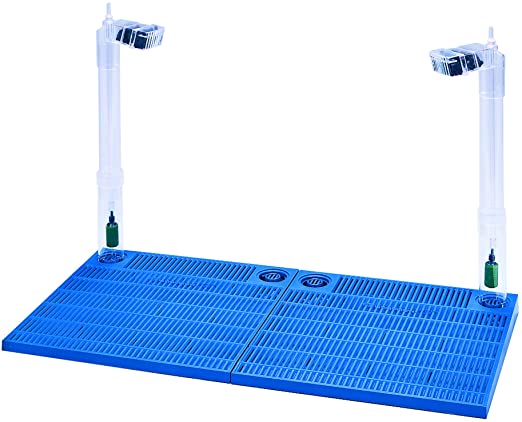
It saddens me that the popularity of under gravel filters diminished in time because I think it is one of the best and most versatile filtration systems.
Two approaches can be used. They work with a stand-alone container to hold the substrate and filter, or one filtration plate can be spread throughout the entire bottom part of the tank.
Both an air lift aeration and a submersible pump work well for the under-gravel system.
Some advantages offered by this system include a wide amount of biological surface, the possibility of providing real plants to settle, and the fact that it does not block the view.
Filters to avoid
There are a couple of popular commercial filters that I am not fond of.
1. Box filter
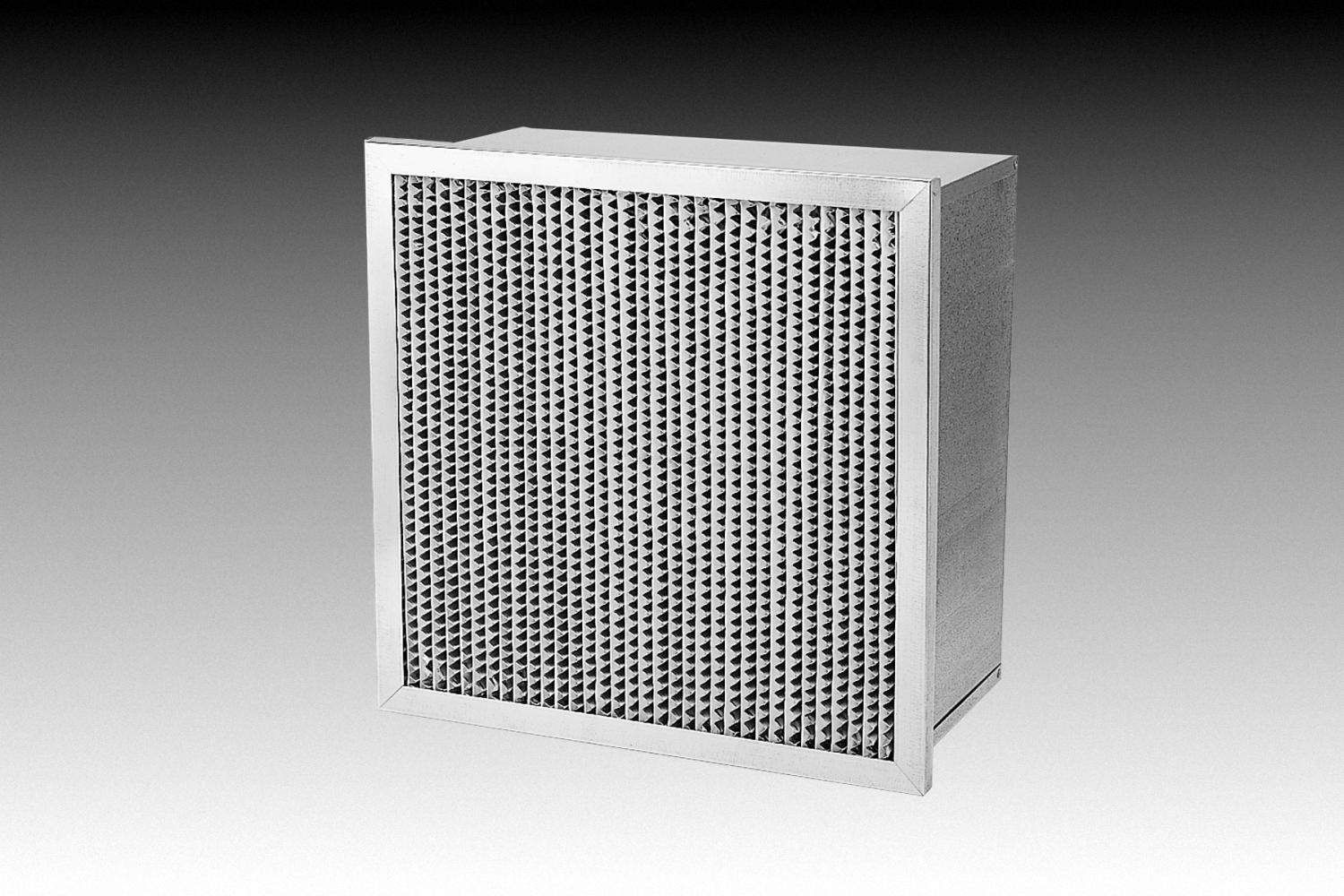
My ussue with this is that it provides a small area for filtration and is not easy to clean.
The hang-on filter is the same, it has a small area for filter media. However, they are quite nice for nano tanks because of their small size.
2. Canister
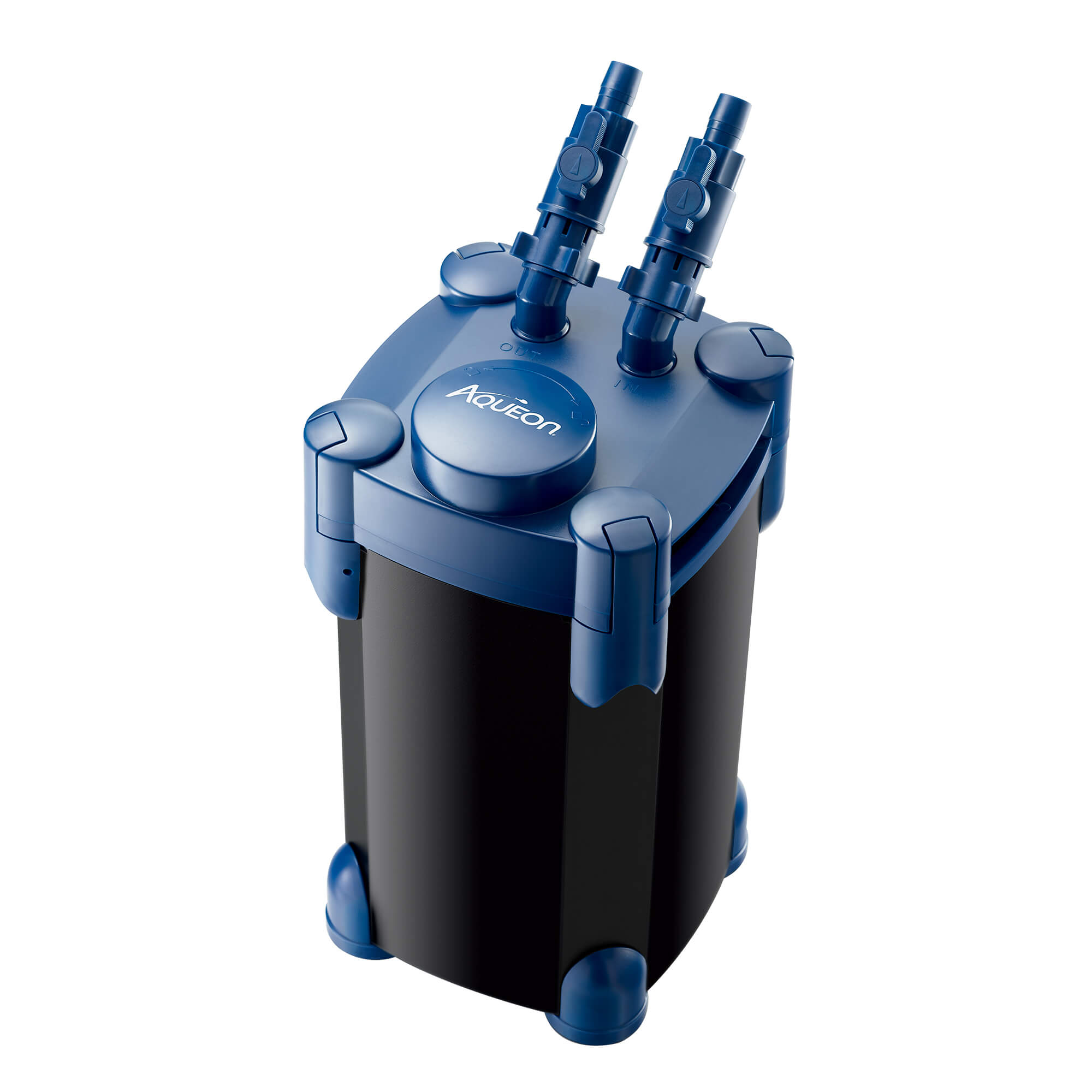
Media is hard to clean with this filter because there’s a need to open the whole filter unut and prime it back.
The wear and tear of the gasket is also a major concern. Lastly, it is expensive for its purpose.
This appeared in Animal Scene magazine’s January-February 2021 issue.
You might want to read:
– Beluga whales rescued from performing in Chinese aquarium
– Tokyo aquarium makes an ’emergency plea’ for people to video call its eels so they don’t get too shy
– Penguin explores aquarium and visits other animals






